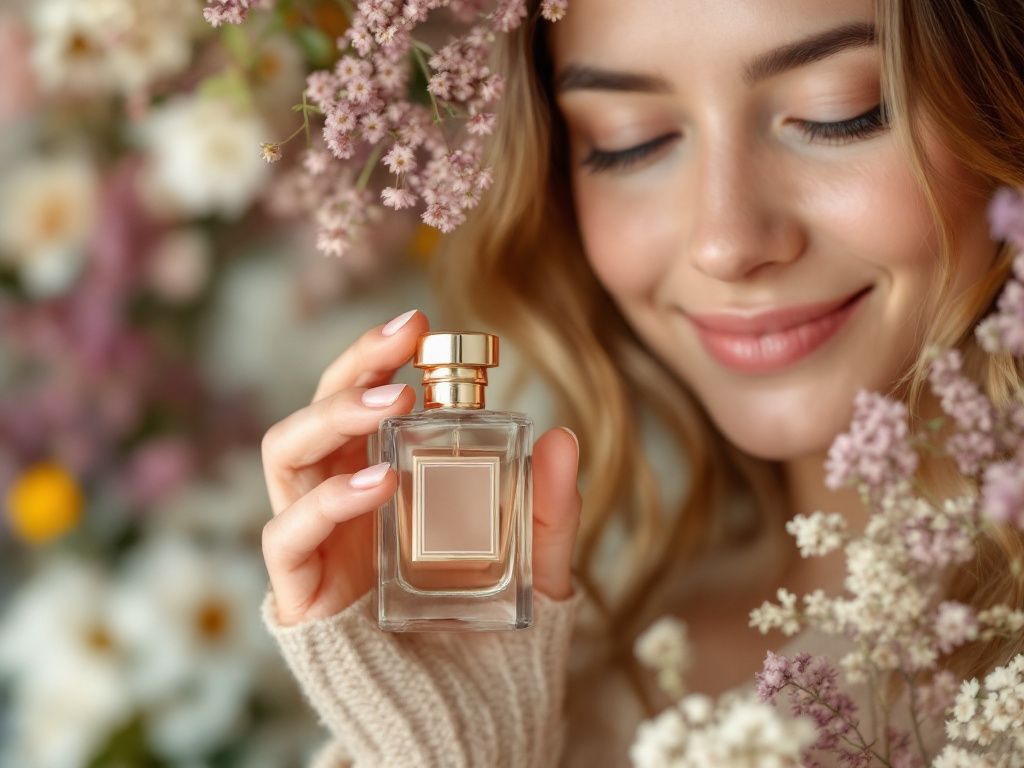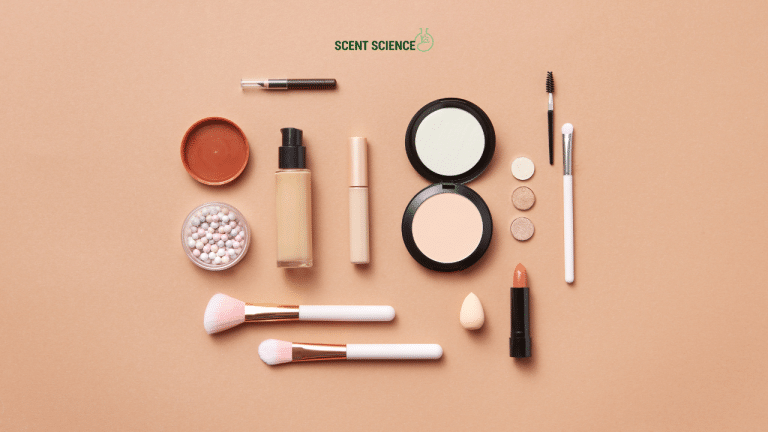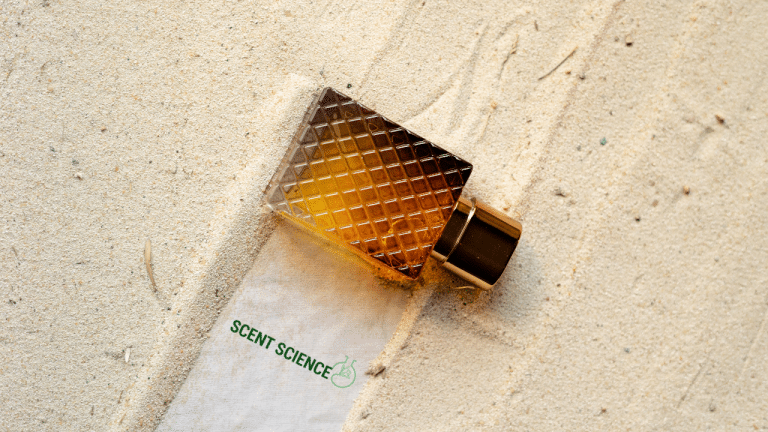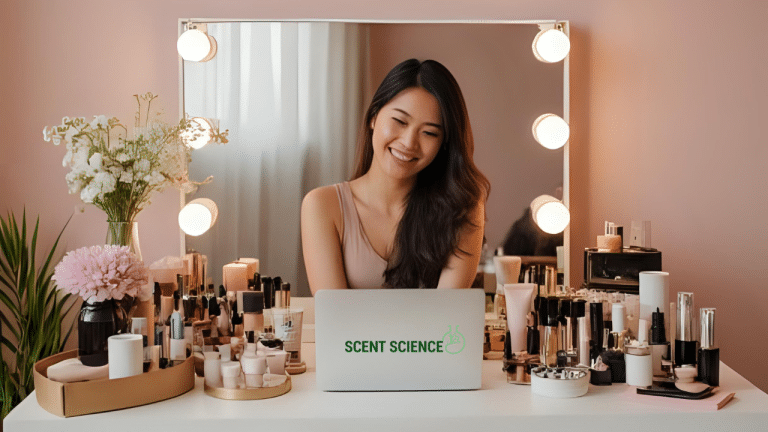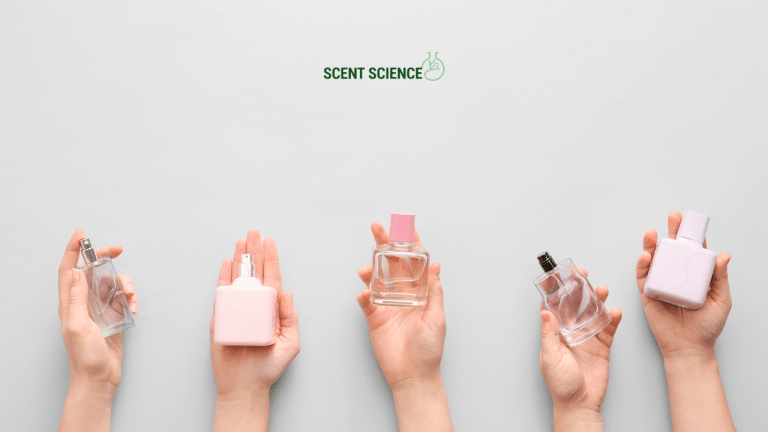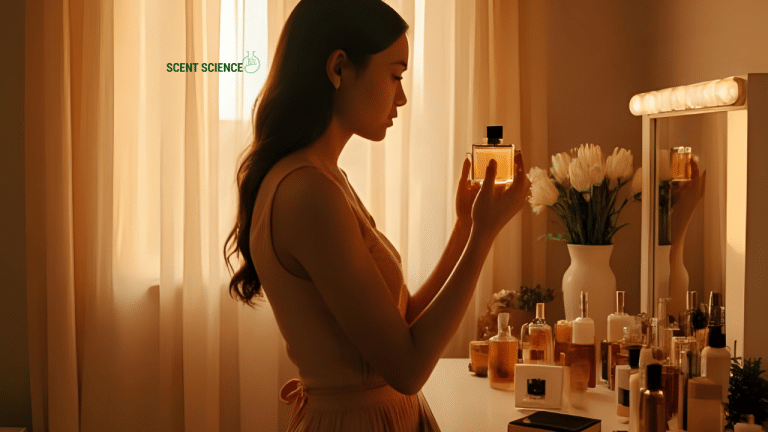In the bustling world of social media, there’s a silent yet powerful revolution taking place in the realm of olfactory experiences. The art of perfume layering—or mastering those perfect **perfume layering tricks**—isn’t just a fleeting trend but a movement that’s transforming personal fragrance into an expressive art form. If you’ve ever been ambushed by the delicate blend of two harmonious scents that leave a lasting impression, you’ve encountered the work of an adept scent alchemist. With social media platforms buzzing with hashtags like #ScentCombos and #FragranceHacks, the interest surrounding this topic has gone viral, making it essential for fragrance aficionados to know what’s driving this olfactory fascination.
As an expert content creator seasoned in this realm, my goal is to guide you through the captivating world of perfume combos. This journey will unravel the science, the artistry, and the special techniques that attest to the magnetic allure of fragrance layering.
Table of Contents
ToggleThe Art and Science of Perfume Layering
Perfume layering, at its core, is about much more than simply applying two scents one after another. It is a meticulous process where each note plays a critical role, similar to a symphony, creating harmonious, complex arrangements that offer new sensory experiences. This practice can be traced back to ancient cultures where blending oils and fragrances was ritualistic.
**Technical Breakdown:**
- Understand the Fragrance Pyramid:
- Nearly all perfumes are structured with a three-tiered pyramid: top, middle (heart), and base notes.
– **Top Notes:** These are the initial impressions of a fragrance and tend to be fresh, bright, and volatile. Think citrus, fresh herbs, and light fruits. – **Middle Notes:** Also known as heart notes, they envelop the top notes and introduce a more full-bodied character, such as florals or spices. – **Base Notes:** The longest-lasting component, with earthy, musky, or woody features, creating a signature scent that lingers.

Understanding this structure allows you to strategically layer scents that complement rather than clash.
- Scent Families and Combinations:
- Fragrance families include floral, fruity, oriental, woody, and fresh, among others. Recognition of these categories can guide successful blending. For instance, the richness of a sandalwood base can marry well with a spicy heart such as cardamom for an exotic, yet grounded smell.
Case Studies and Iconic Combos That Went Viral
The dynamic platform of social media is abuzz with examples of extraordinary perfume combos garnering incredible attention.
Case Study 1: The Citrus and Musk Mirage
One viral sensation involved the layering of Jo Malone’s Grapefruit Cologne with L’Artisan Parfumeur’s Mûre et Musc. The resulting fragrance effortlessly balanced zesty citrus with a foundation of musky warmth—enough to garner a thousand re-tweets and small talk among fragrance blogs. The hashtag #CitrusMuskMirage collected over 150,000 views on platforms like TikTok and Instagram, demonstrating the power of strategic fragrance combination.
Case Study 2: Woodsy Aromatics Bringing Depth
Another hit was created with the earthy vibe of Vetiver by Guerlain and the crisp freshness of Molecule 01 by Escentric Molecules. This duo captivated online fragrance communities and amassed thousands of engagements due to its mysterious allure and depth.
The Role of Influencers

Influencers have played a decisive role in this trend. They share demos, encourage experimentation, and demystify the process, which inevitably broadens the audience’s interest and participation. Professional insights from industry stalwarts lend authority and trust, encouraging even novice enthusiasts to delve into this aromatic hobby.
Practical Tips for Crafting Your Signature Scent
Tip 1: Start with Intensity
Experiment with intensity levels before finalizing any combination. For instance, consider using a softer scent generously paired with a stronger, bolder fragrance lightly applied. This avoids cloyed results and maintains clarity across both fragrances.
Tip 2: Consider Seasonal Factors
Scents can be seasonally appropriate or otherwise overwhelming. Lighter scents with floral and citrus notes suit warmer climates, whereas heavier, woody, or spice-oriented scents or those incorporating layered perfume layering techniques exude warmth during colder months.
Tip 3: Use Molecule-Based Fragrances as Base
Helmed by the Molecule 01 phenomenon, molecule-based fragrances serve as minimal but impactful bases to build upon, enhancing rather than dominating another fragrance’s profile.
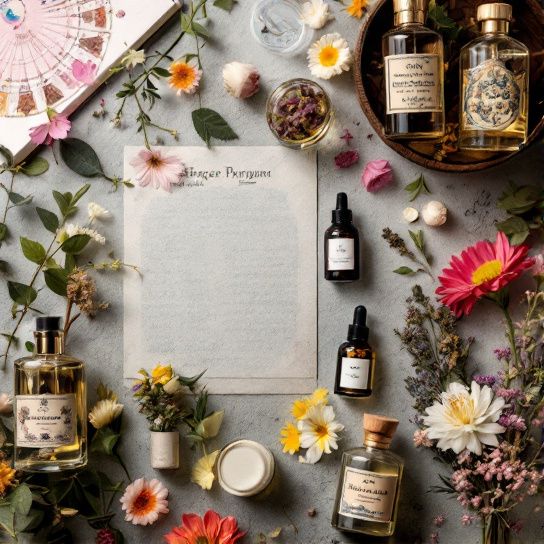
Tip 4: Application Matters
When layering two fragrances, avoid applying directly on top of each other in the same spots. Spray one on pulse points at a slight distance so that the essences evolve in tandem, rather than overwrite each other.
Statistical Insights into Perfume Layering Trends
A recent study conducted by the Fragrance Quarterly Journal indicates that over 60% of scent-conscious consumers have experimented with perfume layering, 25% more than just two years ago—highlighting a fast-paced adoption rate. Social media interactions have perpetuated the growth, with users who saw layered fragrance videos or posts being twice as likely to participate themselves.
Conclusion
Perfume layering, driven by both artistry and empirical structure, allows for creative expression that remains intimate yet universally resonant. The rising trend, bolstered by **perfume layering tricks**, invites everyone from casual admirers to seasoned perfumiers into its fold, making this sensory pursuit accessible and incredibly rewarding. In a world where a unique personal scent can often speak volumes, the secret is out: There’s no one more qualified to craft your perfect scent than you.
The fascinating art of scent layering is truly woven into the tapestry of individual expression and mixed realities. By mastering the methods, supported by real data and cases, you open the door to a truly personalized sensory landscape—one that chats back across platforms and time just as comfortably beside glowing flickers of a digital screen. Ready to start your own fragrance journey today?
🧴✨ Whether you’re a seasoned fragrance connoisseur or simply looking to explore a new dimension of personal style, these perfected combinations await your experimentation and discovery. Happy layering!
Frequently Asked Questions
What are the benefits of using a hair mask in my hair care routine?
Using a hair mask can provide several benefits, including hydration, smoothing, strengthening, curl definition, heat protection, and damage repair. Hair masks infuse the hair with moisture, help coat the hair shaft to seal split ends, reduce breakage, and protect the hair from heat styling and environmental damage[1][4].
What ingredients should I look for in a hair mask?
Effective hair masks often include ingredients such as coconut oil, argan oil, shea butter, honey, avocado oil, green tea, and coconut water. These ingredients provide nourishment, moisturize, and protect the hair, offering benefits like softening, moisturizing, and protecting against damage[2][5].
How often should I use a hair mask in my routine?
You should use a hair mask whenever your hair feels dry, unmanageable, or in need of intense hydration. This can vary depending on your hair type and needs, but generally, using a hair mask once or twice a week can help maintain healthy and moisturized hair[1][4].
How do I apply a hair mask for the best results?
To apply a hair mask effectively, shampoo your hair first, then apply the mask, focusing especially on the ends where hair tends to be the most damaged. Leave the mask on for anywhere from 10 minutes to overnight, depending on the type of mask and your hair’s needs[1][4].
References
